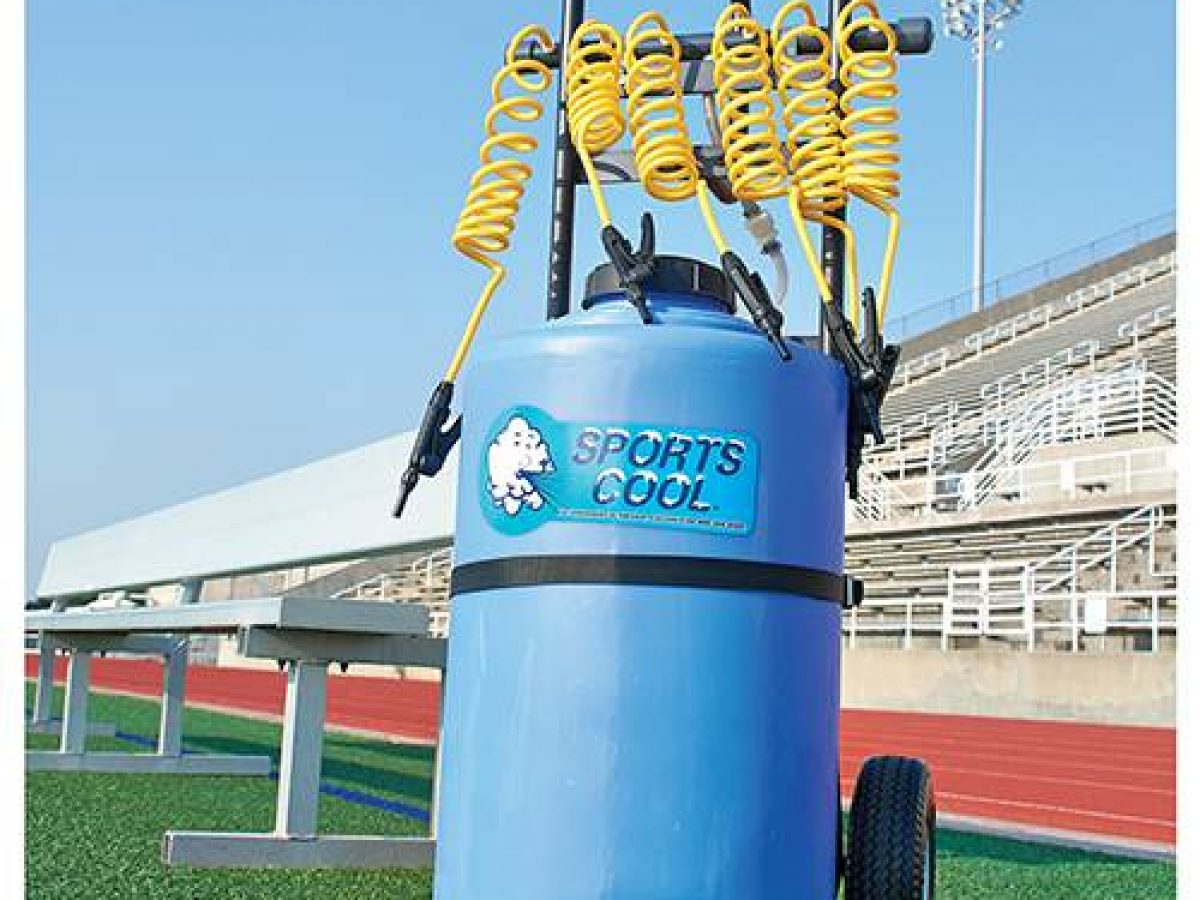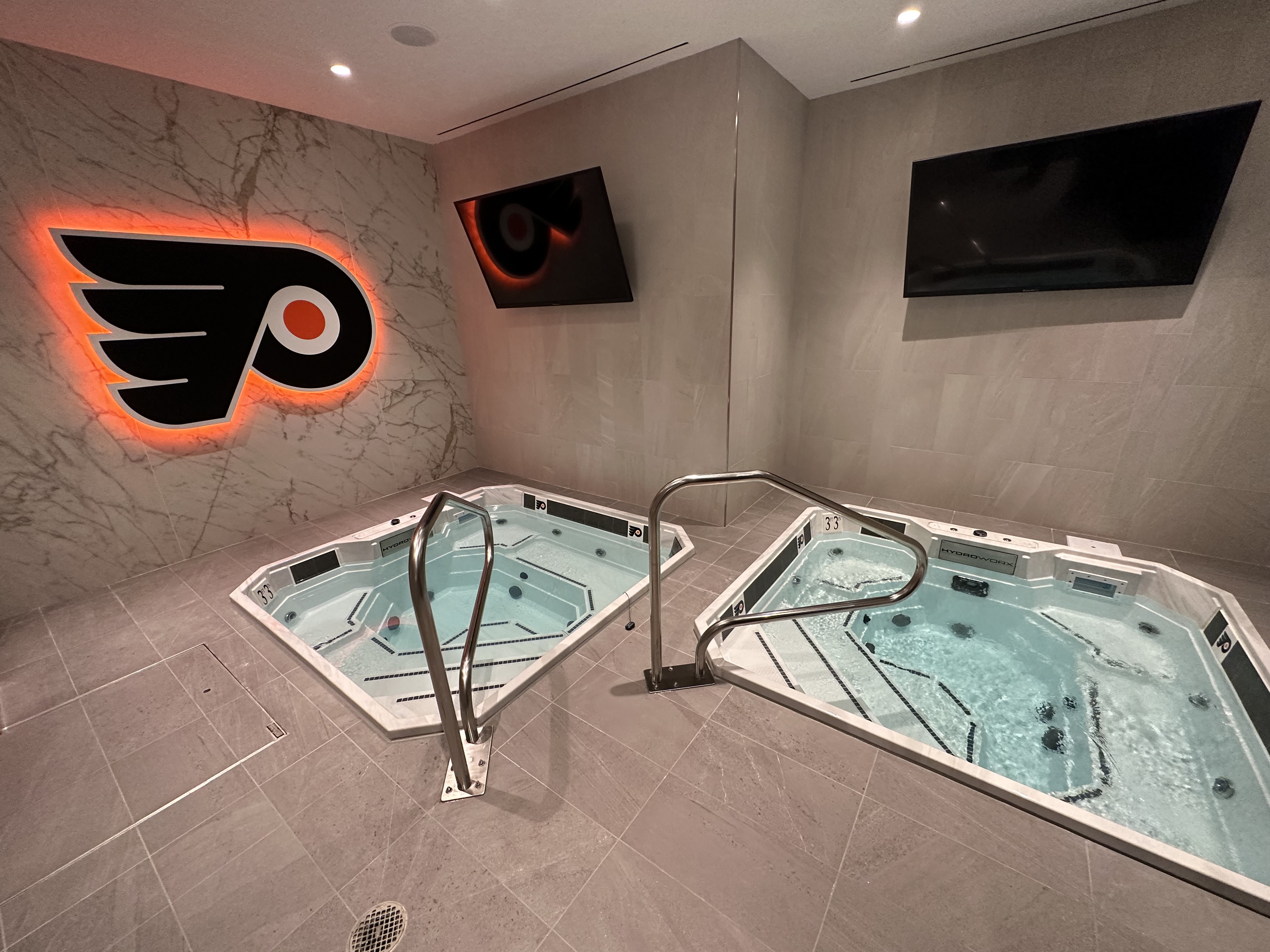Chiller Cold rooms for Soccer Players: A Comprehensive Guide
Introduction
In the high-stakes world of professional soccer, where peak physical performance is paramount, recovery is just as crucial as training and gameplay. Innovative technologies and methods are constantly being explored to help athletes recover faster and more effectively. One such advancement gaining traction is the use of chiller cold rooms. This comprehensive guide delves into the world of chiller cold rooms, exploring their benefits, applications, and considerations for soccer players.
What are Chiller Cold Rooms?

Chiller cold rooms, also known as walk-in chillers or walk-in refrigerators, are temperature-controlled spaces designed to maintain a consistent cool environment. Unlike freezer cold rooms that reach sub-zero temperatures, chiller cold rooms typically maintain temperatures between 1°C and 8°C (34°F and 46°F). These rooms are commonly used in various industries, including food storage, pharmaceuticals, and increasingly, sports and athletic facilities.
Benefits of Chiller Cold Rooms for Soccer Players
1. Enhanced Recovery
Chiller cold rooms offer several benefits for soccer players, primarily centered around enhanced recovery. After intense training sessions or matches, muscles can become inflamed and fatigued. Exposure to cold temperatures helps constrict blood vessels, reducing blood flow to the affected areas, thus minimizing inflammation and swelling. This process, known as vasoconstriction, can significantly accelerate muscle recovery and reduce post-exercise soreness.

2. Reduced Muscle Soreness
Delayed-onset muscle soreness (DOMS) is a common issue for athletes, especially after strenuous activity. Chiller cold rooms can help mitigate DOMS by reducing inflammation and promoting the removal of metabolic waste products from muscles. This can translate to reduced pain and discomfort, allowing players to return to training sooner and perform at their best.
3. Injury Prevention
Regular use of chiller cold rooms can also contribute to injury prevention. By reducing inflammation and promoting faster healing, these rooms can help strengthen muscles and connective tissues, making them less susceptible to strains and tears. Additionally, cold exposure can improve joint stability and flexibility, further reducing the risk of injuries.
4. Improved Sleep Quality
Chiller cold rooms can indirectly improve sleep quality, another critical factor in athletic recovery. Exposure to cold temperatures can help regulate the body’s core temperature, promoting better sleep patterns. Improved sleep leads to enhanced muscle repair, hormonal balance, and overall physical and mental well-being.
5. Mental Benefits
Beyond the physical benefits, chiller cold rooms can also provide mental benefits. The experience of cold therapy can be invigorating and refreshing, helping to reduce stress and mental fatigue. This can be particularly beneficial for soccer players who face intense pressure and competition.
Applications of Chiller Cold Rooms in Soccer
1. Post-Exercise Recovery
The primary application of chiller cold rooms in soccer is post-exercise recovery. After a training session or match, players can spend a specific amount of time in the cold room to initiate the recovery process. The duration and frequency of cold therapy sessions can be customized based on individual needs and preferences.
2. Injury Rehabilitation
Chiller cold rooms can also be used as part of injury rehabilitation programs. Cold therapy can help reduce pain and inflammation in injured areas, promoting faster healing and recovery. However, it’s crucial to consult with a medical professional or athletic trainer to determine the appropriate use of cold therapy for specific injuries.
3. Pre-Game Preparation
Some soccer players may utilize chiller cold rooms before a game to prepare their bodies for competition. Cold exposure can help reduce muscle stiffness and improve alertness, potentially enhancing performance on the field. However, it’s essential to find the right balance, as excessive cold exposure can negatively impact muscle function.
Considerations for Using Chiller Cold Rooms
1. Temperature and Duration
The ideal temperature and duration of cold therapy sessions in a chiller cold room can vary depending on individual factors such as body composition, tolerance to cold, and the intensity of the preceding activity. It’s recommended to start with shorter durations and gradually increase the time as needed. Typically, sessions range from 5 to 15 minutes.
2. Safety Precautions
While generally safe, chiller cold rooms require certain safety precautions. It’s crucial to avoid prolonged exposure to extremely cold temperatures, as this can lead to hypothermia or frostbite. Additionally, individuals with certain medical conditions, such as Raynaud’s syndrome or cold urticaria, should consult with their doctor before using a chiller cold room.
3. Integration with Other Recovery Methods
Chiller cold rooms are most effective when integrated with other recovery methods, such as proper nutrition, hydration, stretching, and active recovery. A holistic approach to recovery ensures optimal results and minimizes the risk of overtraining or injury.
4. Cost and Logistics
Implementing a chiller cold room in a soccer facility involves costs related to equipment purchase, installation, maintenance, and operation. Additionally, logistical considerations include space availability, accessibility, and supervision. It’s crucial to carefully evaluate these factors before investing in a chiller cold room.
Conclusion
Chiller cold rooms offer a promising avenue for enhancing recovery and performance in soccer players. By reducing inflammation, mitigating muscle soreness, and promoting faster healing, these rooms can contribute to improved physical and mental well-being. However, it’s essential to use chiller cold rooms responsibly and in conjunction with other recovery strategies. As research in this area continues to evolve, chiller cold rooms may become an increasingly integral part of the training and recovery regimen for professional soccer players.
